Plans hatch to restore a precious relic defaced by vandals behind Fonthill Castle in Doylestown.
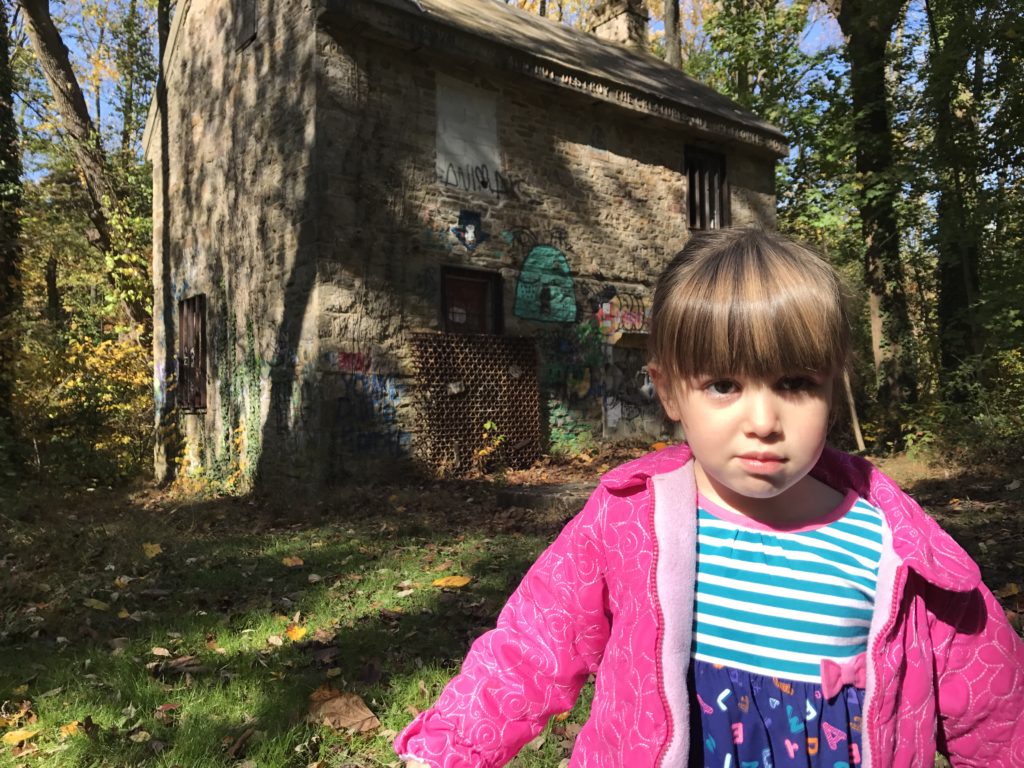
Preserving history is difficult. Just ask any cash-strapped government official. I learned that years ago as a journalist covering Falls Township. An elderly couple had gifted their property on the lower edge of Historic Fallsington to municipal government in hopes their beloved Colonial-era home would be preserved. It was magnificent, a two-story edifice with hand-crafted woodwork throughout. Unfortunately, the township left it unoccupied – and unguarded. It didn’t take long before interlopers went to work. Damage was so severe the dwelling was torn down, replaced eventually by a charter school.
In Doylestown there appears to be a happier outcome for the “Little House in the Woods”. A plan is afoot to rehabilitate the 250-year-old Bestler home deep in a forest down the slope behind Fonthill Castle. Vandals for decades have gutted and tried to destroy a very special place. Today graffiti dominates the view where steel rods, plywood and cement blocks now bar entry. It’s hard to imagine the house was once the centerpiece of an arboretum that graced Doylestown.
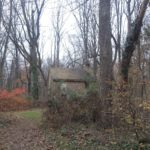
The house dates to 1765 on what was once a 19-acre open space farm. It was one of nine contiguous tracts totaling 70 acres purchased by Henry Chapman Mercer in 1907 for his Fonthill estate. After constructing a 6-story, fairy-tale castle and moving in, Mercer turned his attention to the farmhouse. In 1916, he installed a concrete roof and made other repairs. He designated the site a bird sanctuary and invited the Doylestown Nature Club to use the building for meetings and exhibitions.
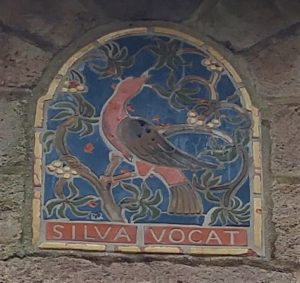
Mercer embedded the club’s emblem in mosaic tiles above the front door, translated from Latin as “the forest calls” . He also added tiled letters across the eves, spelling out a Mercer epigram, “Who learns will love and not destroy the creature’s life, the flower’s joy.”
In 1928, the archeologist and the club decided to create an arboretum around the farmhouse. It would be a living history display of American trees. Before his death in 1930, Mercer sketched out where 91 species were to go and be labeled. By the 1940s, the nature club had planted an estimated 200 along with select wild flowers and native vegetation for public viewing.
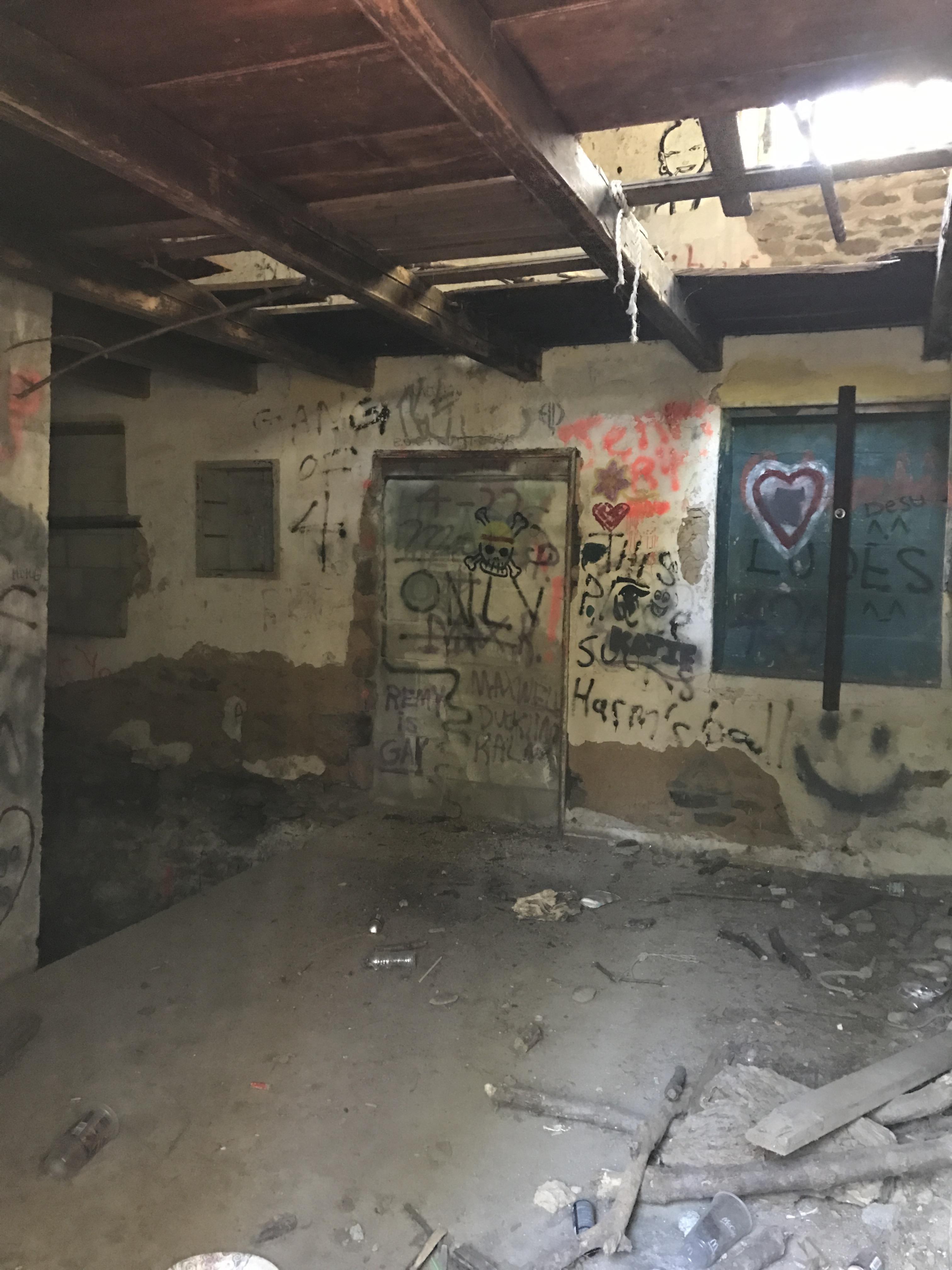
But upkeep lapsed. It was hardly the kind of arboretum the public might imagine, becoming an overgrown forest that swallowed the stone house. In 1963, county government leased the arboretum from the Mercer-Fonthill Trust for $1 a year with a commitment to turn the house into a nature museum. Nothing was done however, opening the door to vandalism. Over the next two decades, interlopers smashed their way inside through a 5-foot-wide hole in the wall, ripped away the staircase and floorboards, broke all the windows and spread obscene graffiti inside and outside.
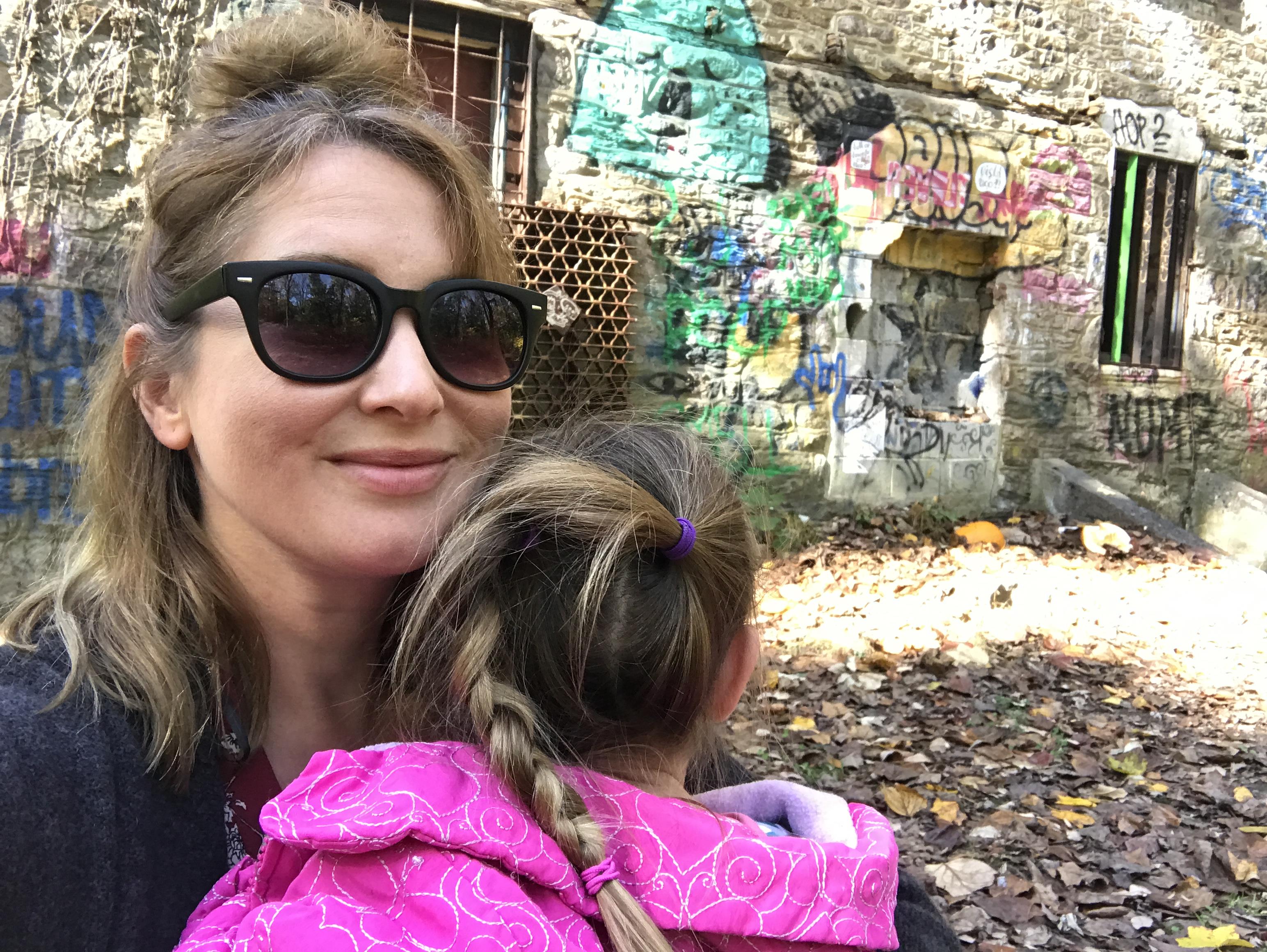
Finally in 1990 the county parks department installed steel bars and plywood across the open windows, a steel grill over the hole in the front wall, and plugged the doorway with a double-layer of concrete blocks. Destroyers have continued to attack the building by chipping away at the blocks and plywood. Nevertheless, the iron bars, grill and concrete blocks have thwarted entry and the roof and walls remain sound.
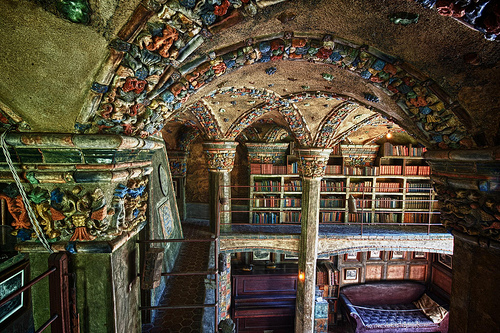
Today the Trust with managerial help from the Bucks County Historical Society is looking to revive the site. Kyle McKoy, the new and energetic executive director of Fonthill and nearby Mercer Museum, is leading the charge. “I want to treasure everything that Henry Mercer treasured. The little house in the woods is one of those treasures,” she told me after Margaux, Genevieve and I visited the site. Fonthill activists are committed to an 8-part beautification plan for the entire Fonthill property. The Doylestown-area Questers, for instance, plan a rehab of the spring house behind the castle and are restoring two of the original Fonthill grounds markers. A key component of the master plan is to untangle the forest that hides the little house. “Clearing the land around the house will be a big fix,” says Kyle.
Currently no signs lead to the well-hidden building amid trails that crisscross randomly in the woods and provide escape routes for mischief makers. McKoy stressed the house was originally a farm that was largely open space. She’d like to see that return, at least so the house can be viewed from Fonthill Castle to give it better protection. “I can foresee a future where you could have picnic tables around the house for those wandering the trails.” Can it happen? Sure, she said. “There are so many community organizations offering to help.”
###
Sources include research by Doylestown historian and former colleague Ed Levenson and posted at www.patch.com on Nov. 2, 2011; also my interview with Kyle McCoy.
Carl LaVO, a retired news editor and author of 5 non-fiction books, can be reached at carllavo@msn.com. Signed copies of his coffee table book“Bucks County Adventures” are available at the Newtown Bookshop and Doylestown Bookshop. It can be ordered online at his website, www.buckscountyadventures.org where previous columns are posted.

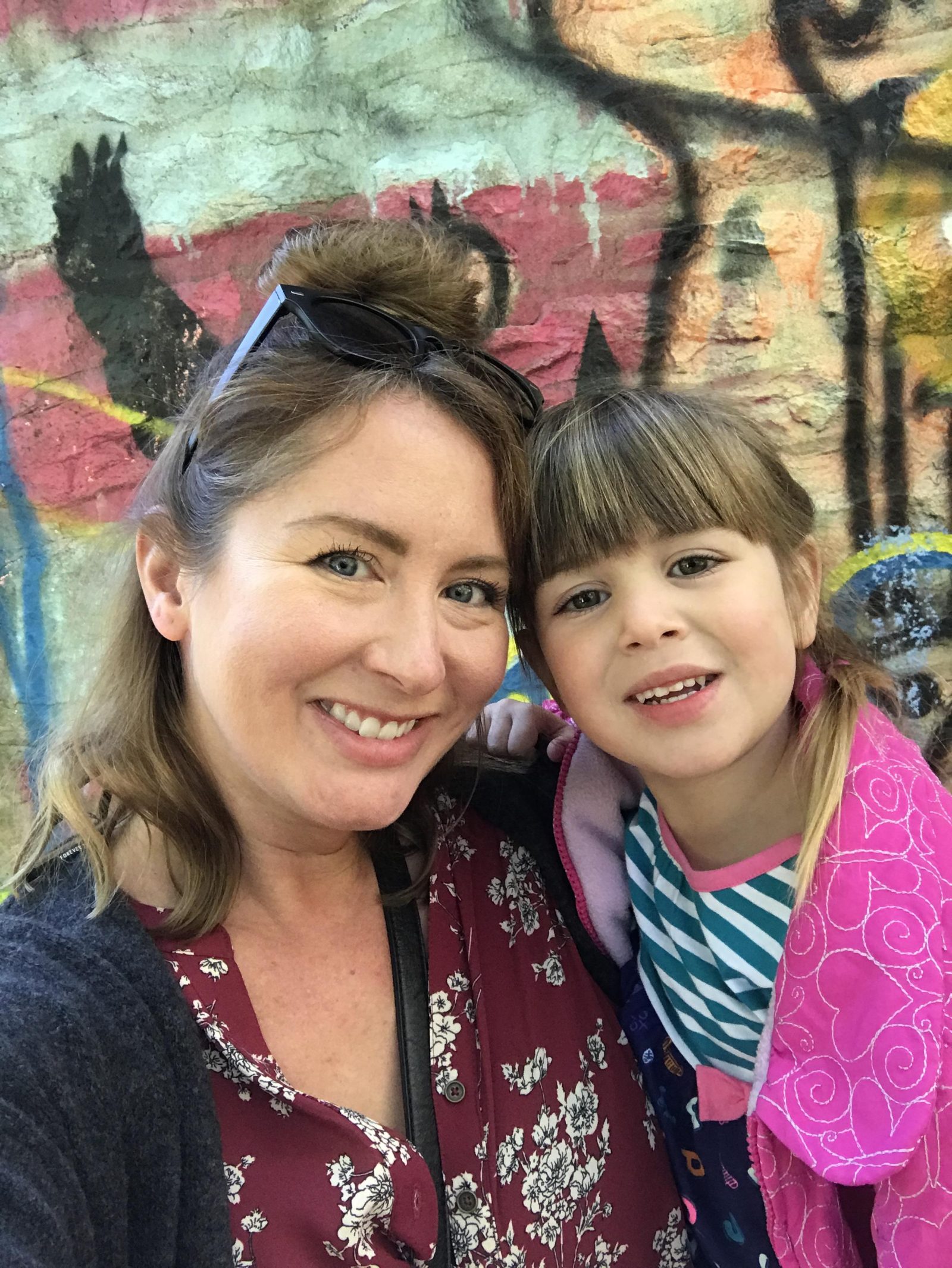
Thank you for posting this awesome article. I’m a long time reader but I’ve never
been compelled to leave a comment.